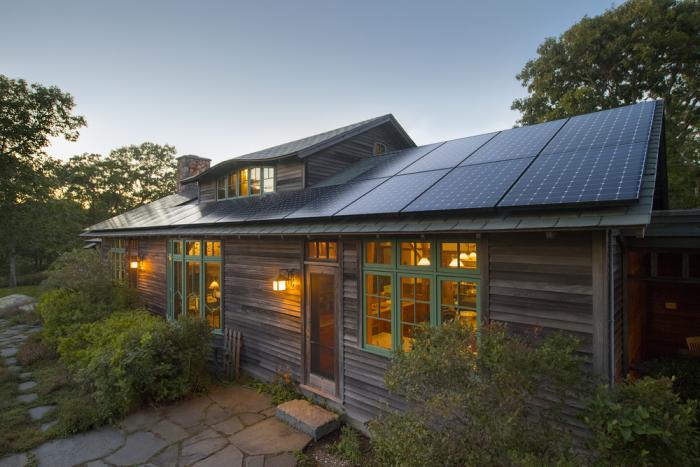Solar power enthusiasts understand that solar doesn’t just lower their electric bill – it changes the world. The recent Wildfires in Australia have helped reinforce that point. Record heat and dry conditions in 2019 turned the country’s forests and grasslands into vast swaths of combustible fuel. On December 17, the country recorded its record-hottest day – 107.4 F – beating the previous record set just 24 hours before.
By then, Australia’s fires were already raging. What would have already been a hot, dry summer for Australia (summer begins in December in the Southern Hemisphere) was made much worse by climate change. Australia’s most recent State of the Climate report showed the country has warmed by just over 1.8 degrees Fahrenheit since 1910, with most of the warming happening since 1950. That means everything is hotter and dryer.
The challenges around the climate crisis are not specific to Australia. According to a new Pew Research Center survey, roughly six in ten U.S. adults (62%) say climate change is currently affecting their local community either a great deal or some.
The biggest culprit driving this climate crisis is the burning of fossil fuels for energy. These polluting energy sources dump added greenhouse gases, especially carbon dioxide, into the atmosphere. That, in turn, traps more and more heat radiating from Earth toward space.
About one-third of U.S. carbon emissions result from burning fossil fuels for electricity to power homes and buildings. Solar energy is perhaps one of the most obvious answers to reducing this pollution and easing this greenhouse effect.
According to SEIA, about 1.3 billion trees store as much carbon saved by the U.S. solar industry, and that number is set to grow as the solar industry expands. The third quarter of 2019 was the largest year ever for residential solar installations, and total installed U.S. photovoltaic (PV) solar capacity is expected to more than double over the next five years. As a leader in the solar industry with the most efficient panels on the market,1 SunPower will play a major role in that growth.
But slowing the earth’s dangerous warming trend will require people to use all types of renewable energy, not just solar. In many places, renewables like wind or wave energy seem exotic to people, and yet they are just as much a part of the landscape as fossil fuels. Texas, for example, is long known for sprawling oil fields. But the Lone Star State already leads the country in the use of wind energy, it’s sixth in solar power production, and it has huge reserves of geothermal energy that are just beginning to be tapped.
While many states have created incentive programs to encourage the use of renewable energy, the U.S. government has actually hindered their adoption in recent years. In 2018, it adopted a 30 percent tariff on PV solar panels that cost the solar industry an estimated 62,000 jobs and nearly $19 million in new private sector investment in 2018. More importantly, the tariffs reduced the use of solar panels, which has increased greenhouse gases to about 5.5 million cars.
Even so, solar panel prices have actually dropped since the tariffs began, meaning that it’s cheaper to use solar than ever before. New electricity generating capacity in the U.S. is expected to come mostly from wind and solar in 2020, and renewables are projected to be the fastest-growing source of electricity in the U.S. over the next two years.
The bottom line is that people want the ability to power their homes and get around without stoking disasters like the brush fires burning through Australia. Sunlight is an eternal, nonpolluting energy source. SunPower has almost 35 years of experience helping customers harness it to reduce their carbon footprint and help save money on their electric bills.
1 Based on a datasheet review of websites of the top 20 manufacturers per IHS, as of May 2019.
This post originally appeared on the SunPower Resource Blog.








